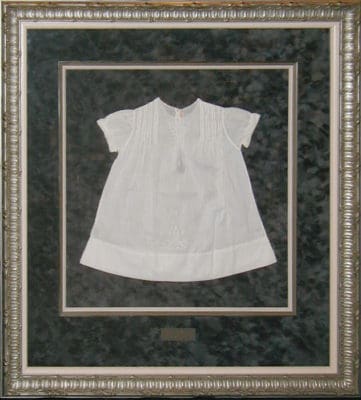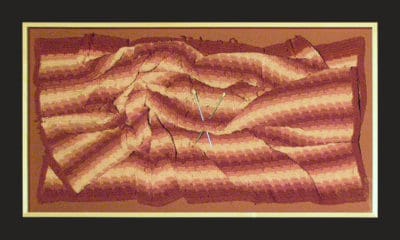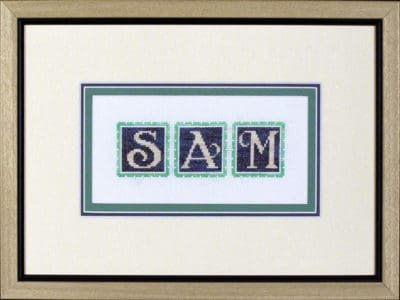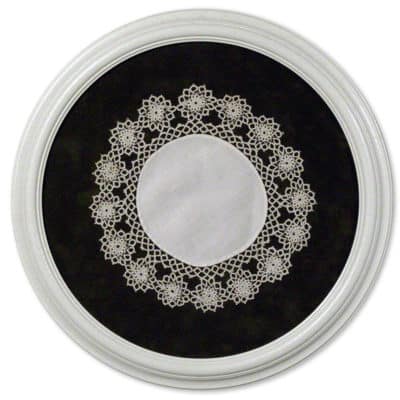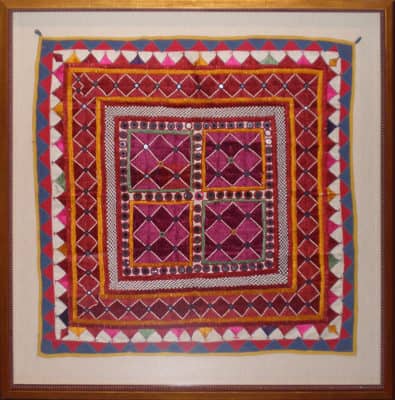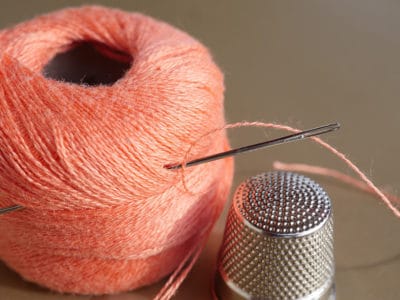Framing Textiles
Fabrics, Clothing & Needlework can be Framed!
Just because a sentimental item is made of fabric doesn’t mean it has to spend a lifetime balled up in your closet. Textiles like autographed sports jerseys, handmade cross-stitch pieces, delicate embroidery and heirloom clothing can be protected with custom framing. Fabric pieces make for rich visual displays so you can cherish your memories every day.
Clothing
Favorite clothing like children’s suits, baptismal gowns, wedding dresses, and sports jerseys make for excellent framed displays. Capture a long-gone moment or vintage style – relive a winning sporting event, a beautiful wedding day, or a baby’s first outfit each time you see these pieces framed.
Crochet Needlework
Hand-made crocheted pieces can be delicate, beautiful….and hard to display without proper framing. Crocheting, tatting & knitting are quickly becoming a lost art. Whether these were passed down through generations or machine-made in the modern era, show them off in a custom frame.
Should You Put Glass On Textiles?
YES! Glass Provides Protection.
If the piece will be in direct sunlight, UV-filtering glass will reduce damage from harmful UV rays. Glass also protects the art from dust, dirt, smoke and other indoor pollutants. Both Acrylic and Glass materials come with UV protection. Each has its pros & cons…
- Acrylic: available in larger sizes than glass, it is not as heavy as glass
- Glass: usually not as expensive as acrylic
- Acrylic: has static, can lift fibers and distort the look of the piece, needs a special cleaner
- Glass: if broken, shards can permanently tear fibers, does not come in oversize pieces
Conservation Materials Are Important For Textiles
Textiles need the same acid-free protection that art on paper needs. If mat and backing boards have acids in them, they can ‘burn’ into textiles, causing damage to the fibers.
What’s Behind A Textile?
Your textile is stitched or pinned onto acid-free matting or backing board to ensure that it will stay in place. This process does not harm your piece and is reversible. Spacers (usually a thin strip of acrylic) are used to keep the glass off your textile.


